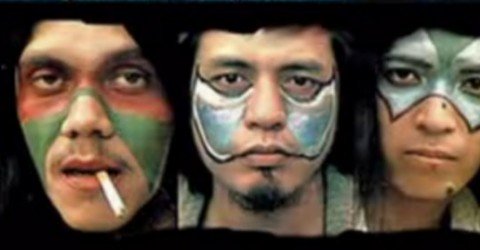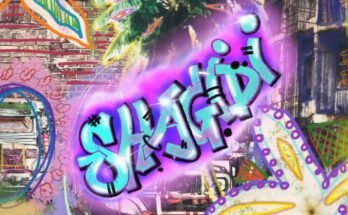Pinoy Rock, a vibrant and diverse genre of music originating from the Philippines, encapsulates the rich tapestry of Filipino culture, history, and identity. Rooted in a tumultuous socio-political landscape, Pinoy Rock has evolved over the decades, serving as a mirror to the aspirations, struggles, and triumphs of the Filipino people.
From its humble beginnings in the 1970s to its current flourishing state, Pinoy Rock stands as a testament to the resilience and creativity of Filipino musicians.
Origins and Influences
Pinoy Rock emerged in the 1970s amidst a backdrop of social unrest and political upheaval in the Philippines. Influenced by Western rock and roll, particularly the sounds of bands like The Beatles, Led Zeppelin, and The Rolling Stones, Filipino musicians began blending these influences with their own cultural heritage and experiences, giving rise to a distinctly Filipino rock sound.
One of the earliest pioneers of Pinoy Rock was the band Juan de la Cruz Band, formed in 1970. Their groundbreaking album “Himig Natin” (Our Music) became an anthem for Filipino youth, blending rock instrumentation with Tagalog lyrics that resonated deeply with listeners.
Another influential figure in the early days of Pinoy Rock was Pepe Smith, often referred to as the “King of Pinoy Rock.” His raw and energetic performances, both as a solo artist and with bands like Juan de la Cruz Band and The Dawn, helped shape the rebellious spirit of the genre.
Themes and Evolution
Throughout its evolution, Pinoy Rock has tackled a wide range of themes, reflecting the socio-political landscape of the Philippines. From songs of protest and social commentary to anthems of love and longing, Pinoy Rock has provided a platform for Filipino artists to express themselves and connect with audiences on a deep emotional level.
In the 1980s, Pinoy Rock experienced a surge in popularity with the emergence of bands like The Dawn, Urban Bandits, and Identity Crisis. These bands infused elements of new wave, punk, and alternative rock into the genre, expanding its sonic palette while maintaining its distinctly Filipino identity.
The 1990s saw the rise of alternative rock bands like Eraserheads, Rivermaya, and The Youth, whose catchy melodies and introspective lyrics captured the hearts of a new generation of Filipino listeners. Eraserheads, in particular, achieved unprecedented success, becoming one of the most iconic and influential bands in Philippine music history.
Contemporary Landscape
In the 21st century, Pinoy Rock continues to thrive, with a new wave of bands pushing the boundaries of the genre and experimenting with diverse musical influences. Bands like Sandwich, Parokya ni Edgar, and Up Dharma Down have gained widespread acclaim both locally and internationally, showcasing the diversity and innovation of Filipino rock music.
Moreover, the advent of digital platforms and social media has provided independent artists with unprecedented opportunities to reach audiences worldwide, further enriching the Pinoy Rock landscape.
Pinoy Rock remains a vital and enduring aspect of Filipino culture, embodying the spirit of resilience, creativity, and cultural identity. From its humble beginnings to its current prominence, Pinoy Rock continues to evolve and adapt, reflecting the ever-changing landscape of Filipino society.
As Filipino musicians continue to explore new sonic territories and engage with global trends, the spirit of Pinoy Rock remains alive, serving as a powerful expression of the Filipino experience and a source of inspiration for generations to come.



